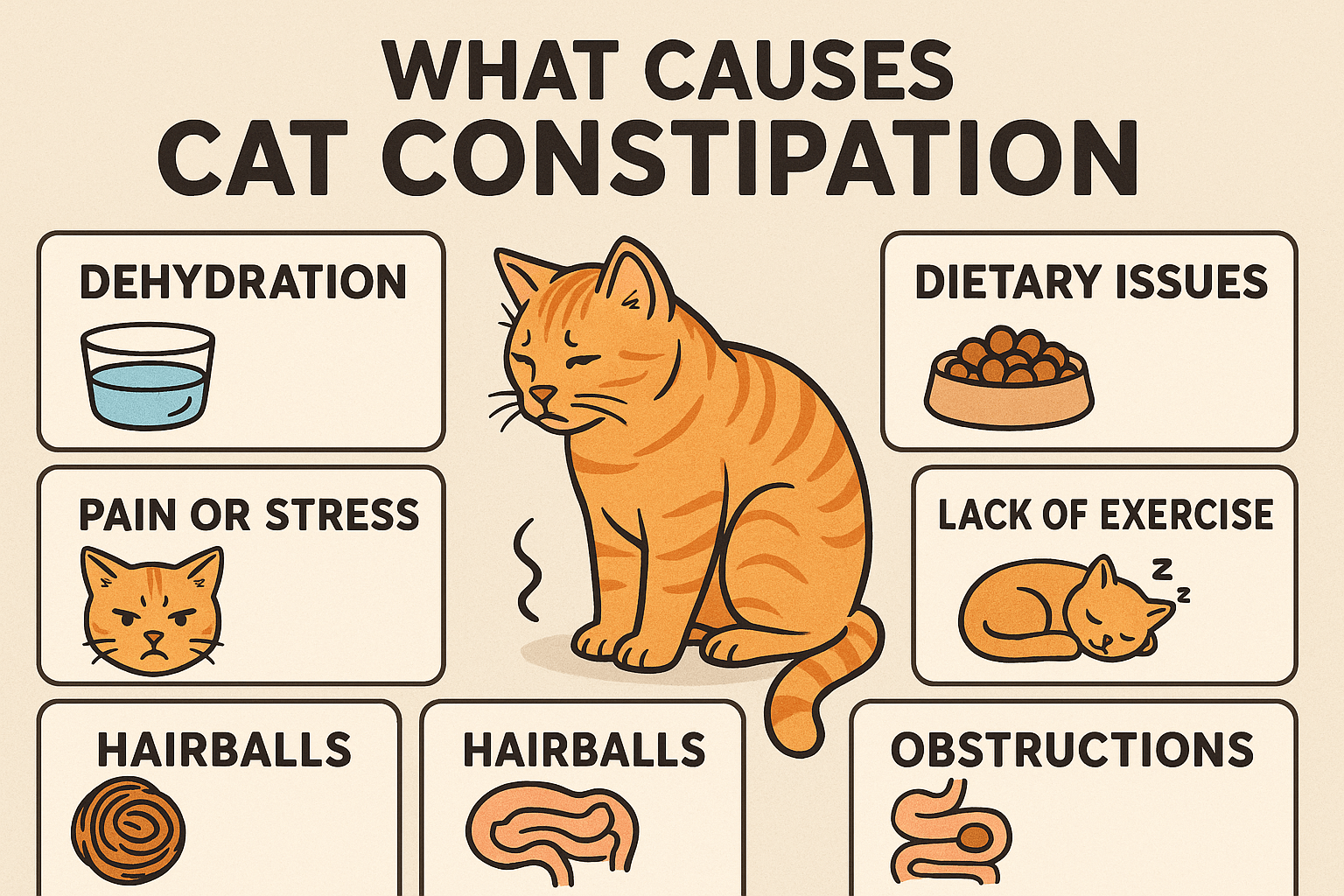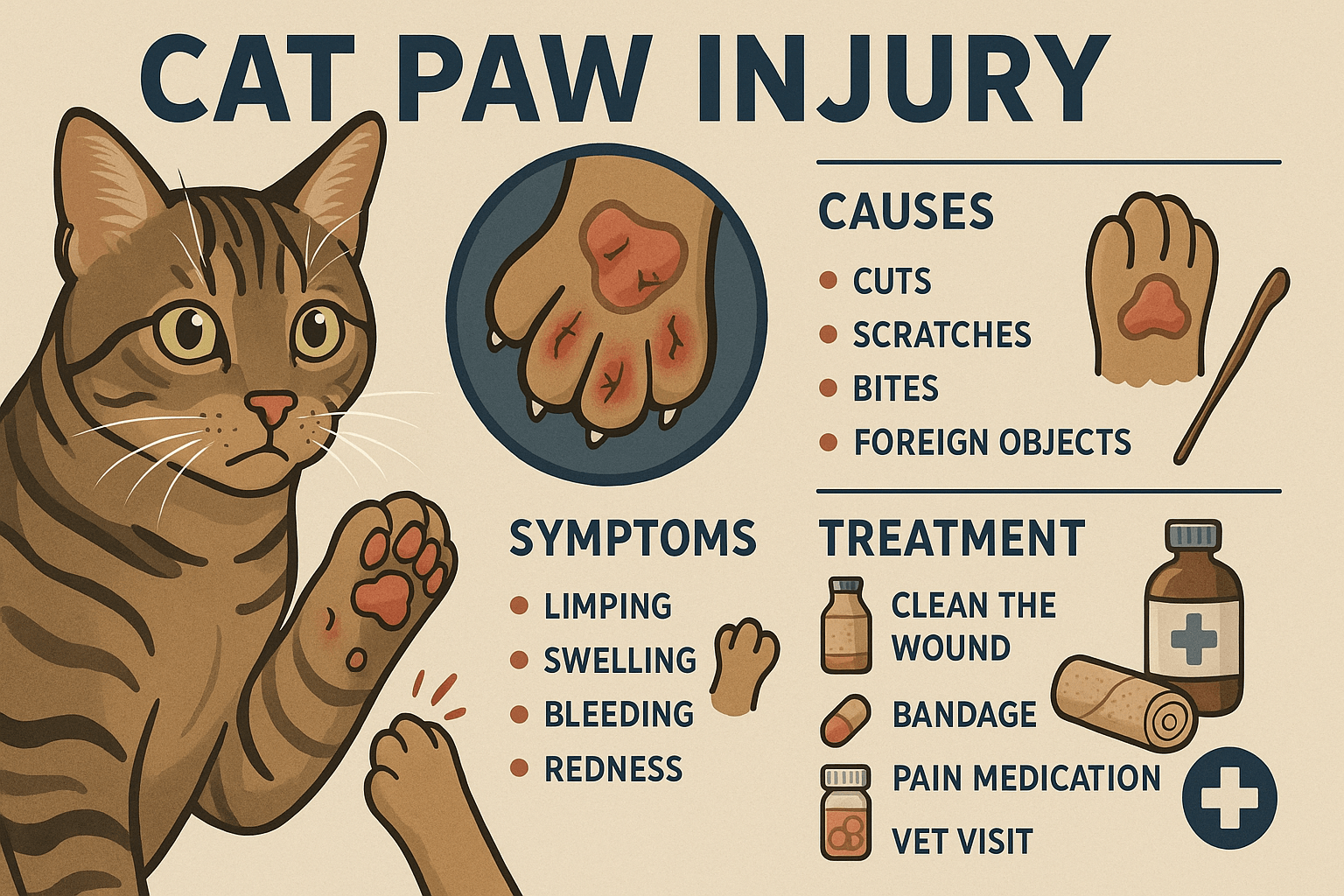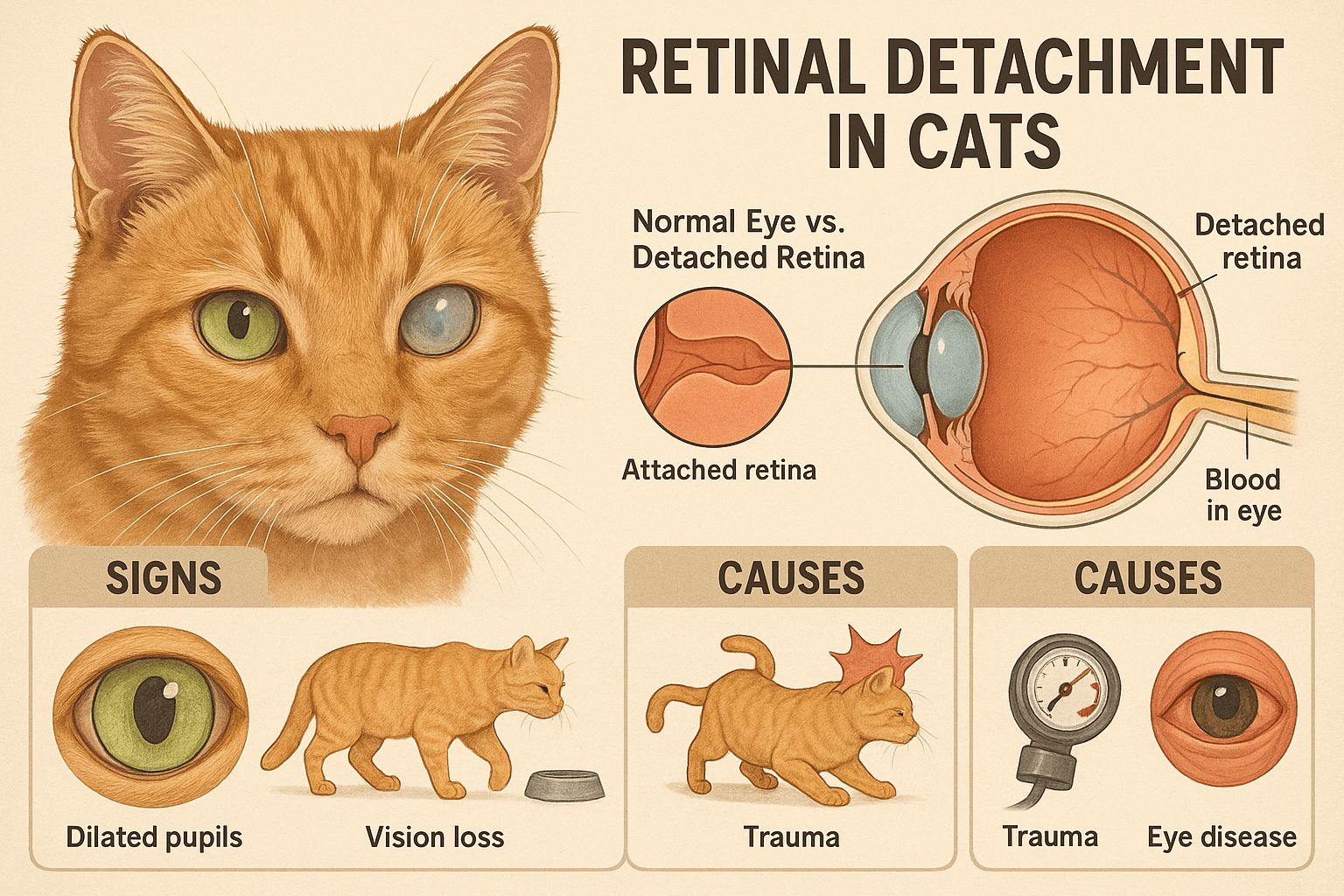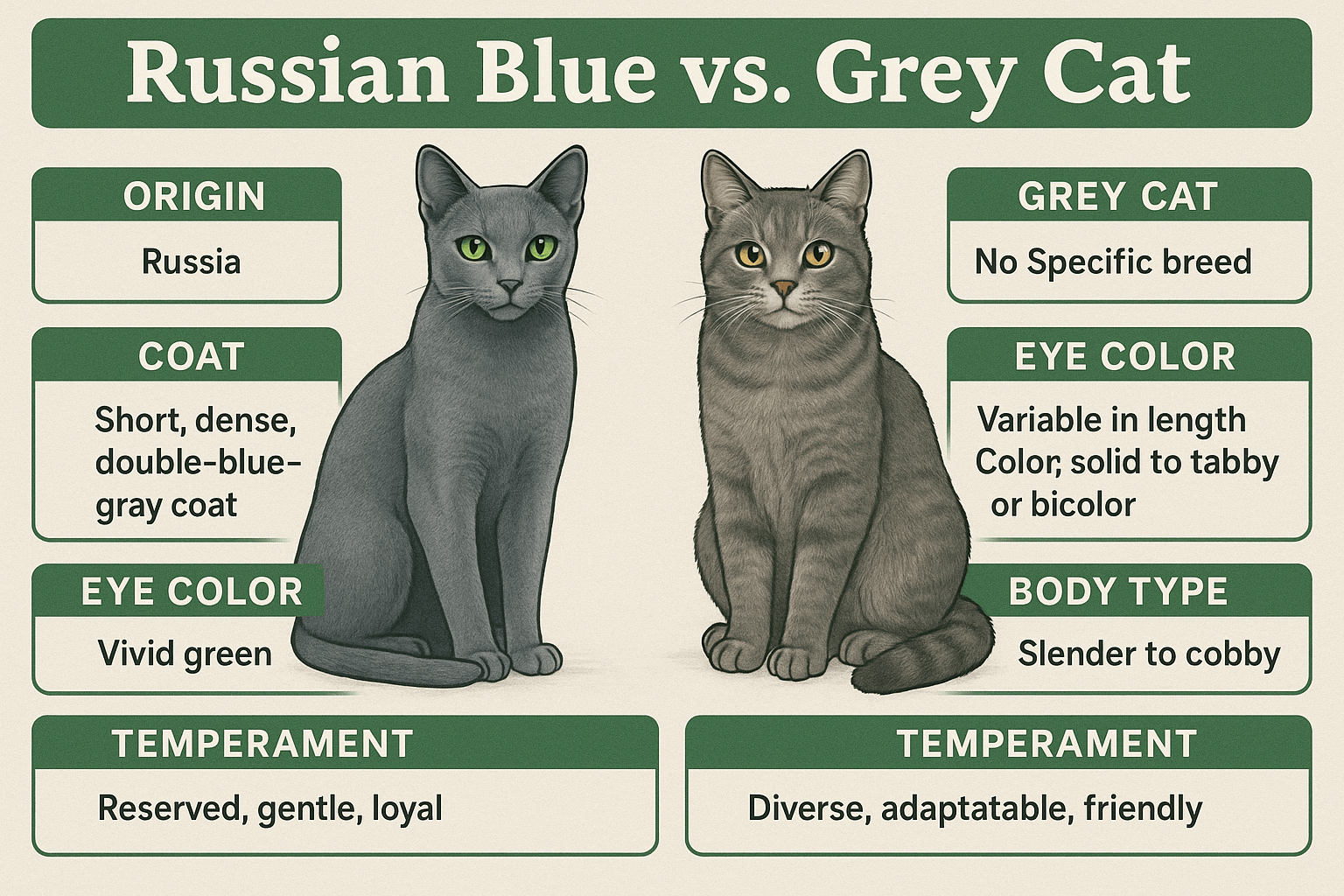When Does a Male Cat Start Spraying? Understanding Feline Behavior
Cats are fascinating creatures, known for their independence, curiosity, and unique behaviors. Among these behaviors, spraying is one that often raises questions and concerns among cat owners. If you’ve ever wondered when a male cat starts spraying and why this behavior occurs, you’re not alone. Spraying is a natural feline behavior, but it can sometimes be a sign of underlying issues. In this blog post, we’ll delve into the reasons behind spraying, explore when male cats typically begin this behavior, and provide practical tips to manage and address it effectively. Whether you’re a seasoned cat parent or a first-time owner, this guide will help you better understand your feline friend.
What Triggers Spraying in Male Cats? Key Factors to Consider
Spraying is a form of territorial marking that male cats use to communicate with other animals. While it may seem like an unpleasant habit, it serves an important purpose in the feline world. Below are some common triggers that lead male cats to start spraying:
Sexual Maturity:
Male cats typically reach sexual maturity between 6 to 12 months of age. This hormonal surge can trigger spraying as a way to mark their territory and attract mates.Territorial Instincts:
Cats are naturally territorial animals. Spraying helps them establish boundaries and assert dominance, especially if they feel their space is being invaded.Stress or Anxiety:
Changes in the environment, such as moving to a new home or the introduction of a new pet, can cause stress, leading to spraying as a coping mechanism.Health Issues:
Urinary tract infections or other medical conditions can sometimes mimic spraying behavior. It’s essential to rule out health problems before addressing behavioral causes.Competition with Other Cats:
If there are multiple cats in the household or nearby outdoor cats, your male cat may spray to assert his dominance or avoid conflict.
Understanding these triggers is the first step toward managing spraying behavior. By identifying the root cause, you can take appropriate measures to address the issue effectively.
How to Identify Spraying vs. Regular Urination: Key Differences
It’s important to distinguish between spraying and regular urination, as the two behaviors have different causes and solutions. Here’s how you can tell them apart:
Posture During Spraying:
When spraying, cats typically back up to a vertical surface, raise their tail high, and release a small amount of urine. This is different from squatting to urinate on horizontal surfaces.Location of the Urine:
Spraying usually occurs on vertical surfaces like walls, furniture, or doors, while regular urination happens on floors, carpets, or litter boxes.Volume of Urine:
Spraying involves a small amount of urine, whereas regular urination involves a larger volume.Frequency of the Behavior:
Spraying is often intermittent and linked to specific triggers, while regular urination follows a more consistent pattern.Odor Intensity:
The urine used for spraying tends to have a stronger, more pungent odor due to the presence of pheromones.
Recognizing these differences can help you determine whether your cat’s behavior is a sign of territorial marking or a potential health issue. Always consult a veterinarian if you’re unsure about the cause of the behavior.
Check this guide 👉What Does Cat Spray Smell Like? Best 7 Expert Tips!

Preventive Measures | Behavioral Solutions |
|---|---|
Neuter your cat early | Provide vertical scratching posts |
Maintain a stress-free environment | Use pheromone diffusers |
Clean sprayed areas thoroughly | Redirect attention with toys |
Limit interactions with outdoor cats | Establish a routine for feeding |
Consult a vet for health checks | Reward positive behavior |
Effective Strategies to Stop Spraying: Practical Tips for Cat Owners
If your male cat has started spraying, don’t panic. There are several strategies you can implement to curb this behavior. Here are some tried-and-true methods:
Neuter Your Cat:
Neutering is one of the most effective ways to reduce spraying, as it decreases testosterone levels and minimizes territorial instincts.Clean Soiled Areas Thoroughly:
Use enzymatic cleaners to remove all traces of urine odor. Cats are drawn to previously sprayed spots, so thorough cleaning is crucial.Provide Environmental Enrichment:
Offer plenty of toys, climbing structures, and hiding spots to keep your cat mentally stimulated and reduce stress.Limit Access to Outdoor Cats:
Block visual access to outdoor cats by closing curtains or using deterrents to prevent territorial disputes.Establish a Routine:
Cats thrive on routine. Feeding, playing, and grooming at the same time each day can create a sense of security and reduce anxiety.
By implementing these strategies, you can significantly reduce or even eliminate spraying behavior in your male cat. Patience and consistency are key to success.
Common Misconceptions About Spraying: Separating Fact from Fiction
There are many myths surrounding spraying behavior in male cats. Let’s debunk some of the most common misconceptions:
Myth: Spraying is Always a Sign of Aggression:
While spraying can be territorial, it’s not necessarily aggressive. It’s often a response to stress or insecurity.Myth: Only Unneutered Cats Spray:
Although neutering reduces spraying, some neutered cats may still exhibit this behavior due to stress or other factors.Myth: Spraying is Impossible to Stop:
With the right approach, spraying can often be managed or eliminated entirely.Myth: Cats Spray Because They’re Mad at Their Owners:
Cats don’t spray out of spite. It’s a natural behavior tied to communication and territorial instincts.Myth: Spraying is the Same as Regular Urination:
As discussed earlier, spraying and regular urination are distinct behaviors with different causes and solutions.
Understanding these misconceptions can help you approach spraying behavior with greater empathy and clarity.
Environmental Changes That May Trigger Spraying: Recognizing Stressors
Cats are highly sensitive to their surroundings, and even minor changes can trigger stress-related behaviors like spraying. Here are some environmental factors that might cause your male cat to start spraying:
Moving to a New Home:
Relocating to a new environment can be overwhelming for cats, leading them to mark their territory as a way to feel secure.Introduction of New Pets:
The arrival of a new pet, whether a cat or another animal, can make your male cat feel threatened and prompt spraying behavior.Rearranging Furniture:
Changes in the layout of your home can disrupt your cat’s sense of familiarity, causing anxiety and territorial marking.Loud Noises or Construction Work:
Unusual sounds, such as construction or loud gatherings, can stress your cat and lead to spraying as a coping mechanism.Household Guests:
Having visitors over, especially if they’re unfamiliar to your cat, can create tension and result in territorial spraying.
Understanding how environmental changes impact your cat can help you anticipate potential triggers and minimize stress. By creating a stable and predictable environment, you can reduce the likelihood of spraying.
Signs Your Cat May Be About to Spray: Early Warning Signals
Recognizing the early signs of spraying behavior can allow you to intervene before it becomes a recurring issue. Keep an eye out for these warning signals:
Increased Tail Twitching:
If your cat’s tail begins twitching rapidly while walking around, it could indicate that he’s preparing to spray.Sniffing Vertical Surfaces:
A cat that frequently sniffs walls, doors, or furniture may be scouting locations for spraying.Backing Up to Objects:
When your cat backs up to a vertical surface with his tail raised, he’s likely getting ready to mark it.Restlessness or Pacing:
Cats often exhibit restless behavior when they feel the urge to spray, pacing around the house or inspecting their surroundings.Vocalizing More Than Usual:
Excessive meowing or growling can be a sign of stress or territorial behavior, which may precede spraying.
By identifying these early warning signs, you can take proactive steps to redirect your cat’s attention and prevent spraying before it happens. Quick intervention is key to managing this behavior effectively.
Ways to Create a Calming Environment for Your Cat: Reducing Stress Triggers
A calm and secure environment can go a long way in preventing spraying behavior. Here are some practical ways to help your cat feel safe and relaxed:
Provide Safe Spaces:
Offer cozy hiding spots, such as cat caves or covered beds, where your cat can retreat when feeling overwhelmed.Use Calming Scents:
Incorporate natural calming scents, like lavender or chamomile, into your home to soothe your cat’s nerves.Stick to a Consistent Routine:
Maintain regular feeding, playtime, and grooming schedules to provide structure and predictability.Limit Loud Noises:
Minimize exposure to sudden or loud noises, such as vacuum cleaners or doorbells, which can startle your cat.Introduce New Elements Gradually:
If you need to introduce changes, such as new furniture or pets, do so slowly to give your cat time to adjust.
Creating a calming environment not only reduces the likelihood of spraying but also enhances your cat’s overall well-being. By prioritizing your cat’s comfort, you foster a stronger bond and a more peaceful household.
Frequently Asked Questions About Male Cat Spraying
At what age do male cats typically start spraying?
Male cats usually begin spraying between 6 to 12 months of age, coinciding with sexual maturity.
Does neutering stop spraying?
Neutering significantly reduces spraying in most cases, but it doesn’t guarantee complete elimination.
Can female cats spray too?
Yes, female cats can spray, although it’s less common than in males.
Is spraying a sign of illness?
Not always. However, it’s important to rule out medical issues like urinary tract infections.
How can I clean sprayed areas effectively?
Use enzymatic cleaners specifically designed to break down urine odors. Avoid ammonia-based products, as they can worsen the problem.
Final Thoughts: Managing Male Cat Spraying with Patience and Care
Spraying is a natural behavior for male cats, but it doesn’t have to be a source of frustration for cat owners. By understanding the triggers, identifying the differences between spraying and regular urination, and implementing effective strategies, you can create a harmonious environment for your feline companion. Remember, patience and consistency are essential when addressing this behavior. With the right approach, you can strengthen your bond with your cat and ensure a happy, healthy relationship for years to come.
What Causes Cat Constipation? Best 7 Expert Tips! Discover common causes, symptoms, and solutions for cat constipation to keep your feline healthy and comfortable.
Cat Paw Injury: Best 7 Expert Tips! Discover essential advice on identifying, treating, and preventing cat paw injuries to keep your feline friend healthy and happy.
Retinal Detachment in Cats: Best 7 Expert Tips! Learn to identify symptoms, understand causes, and explore treatment options to protect your cat’s vision effectively.
Russian Blue vs Grey Cat: Best 7 Expert Tips! Discover key differences, unique traits, and expert advice to help you choose between a Russian Blue and a generic grey cat for your perfect feline companion.





